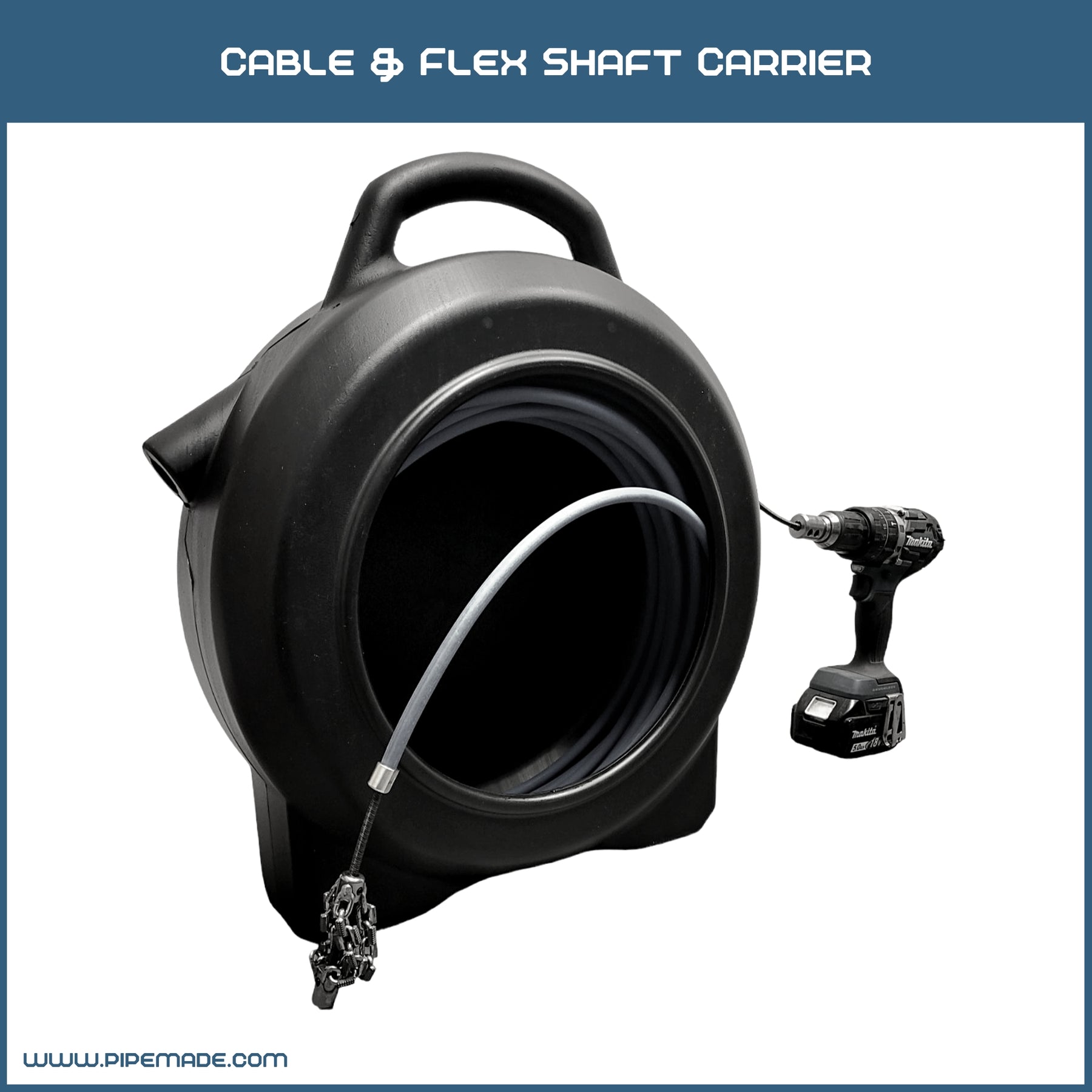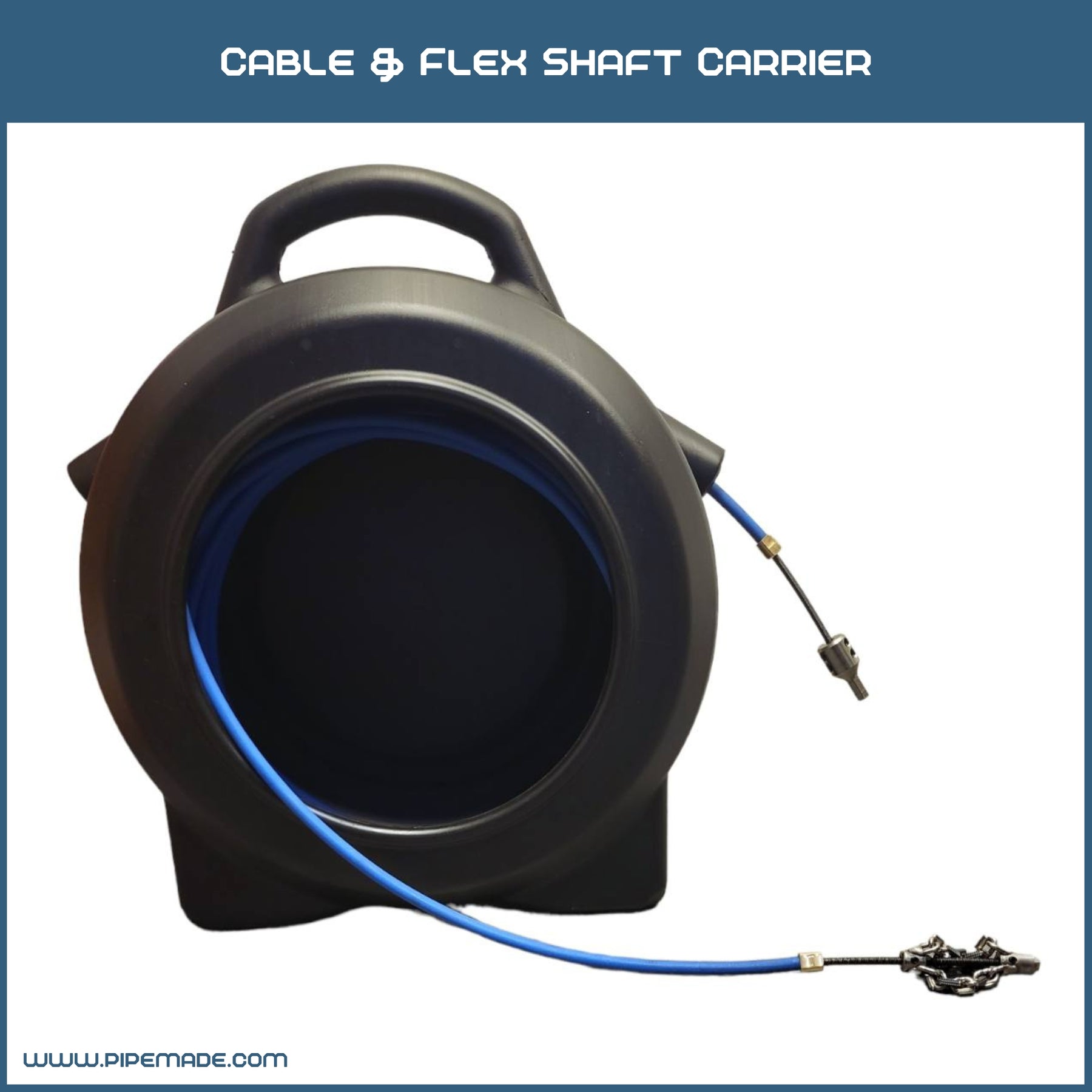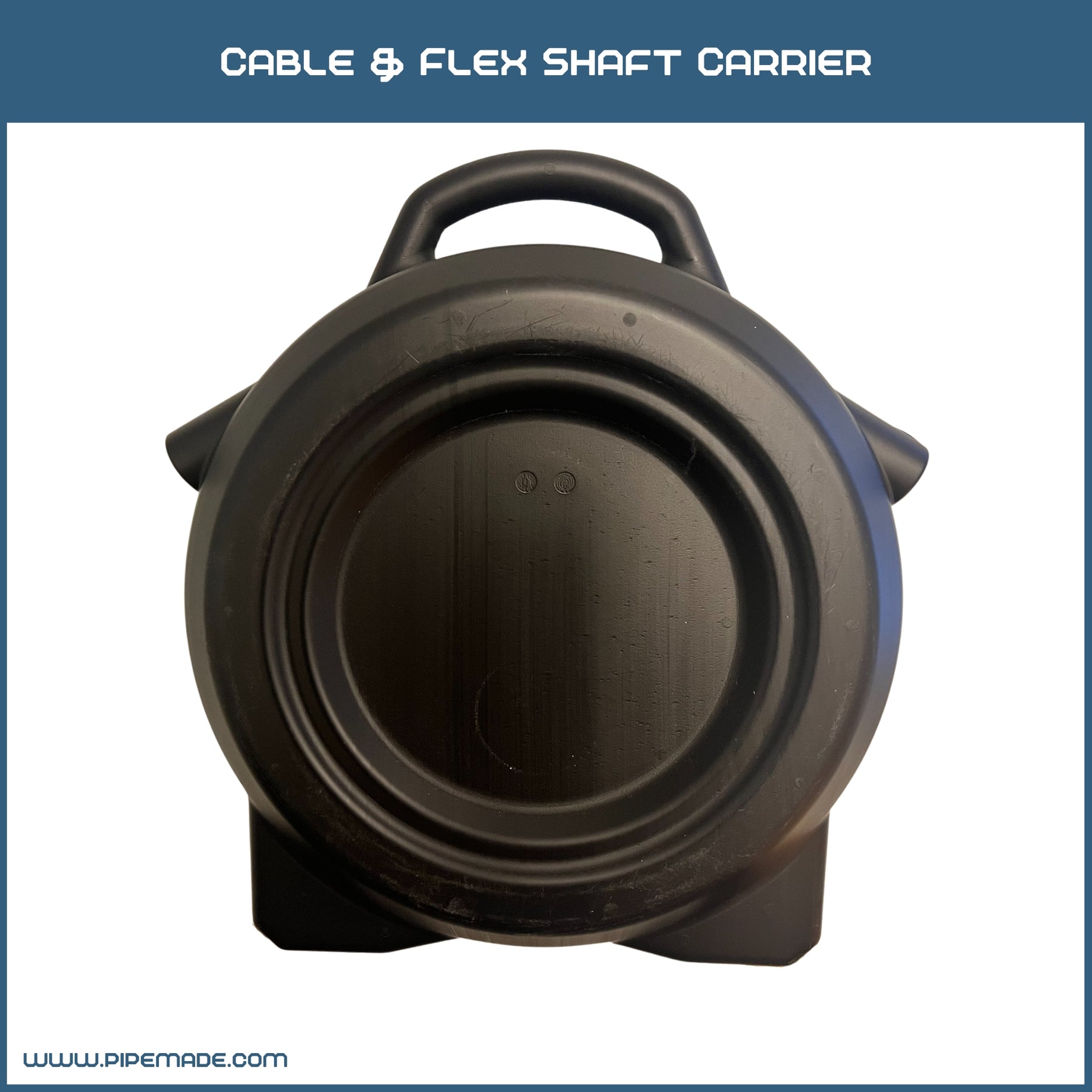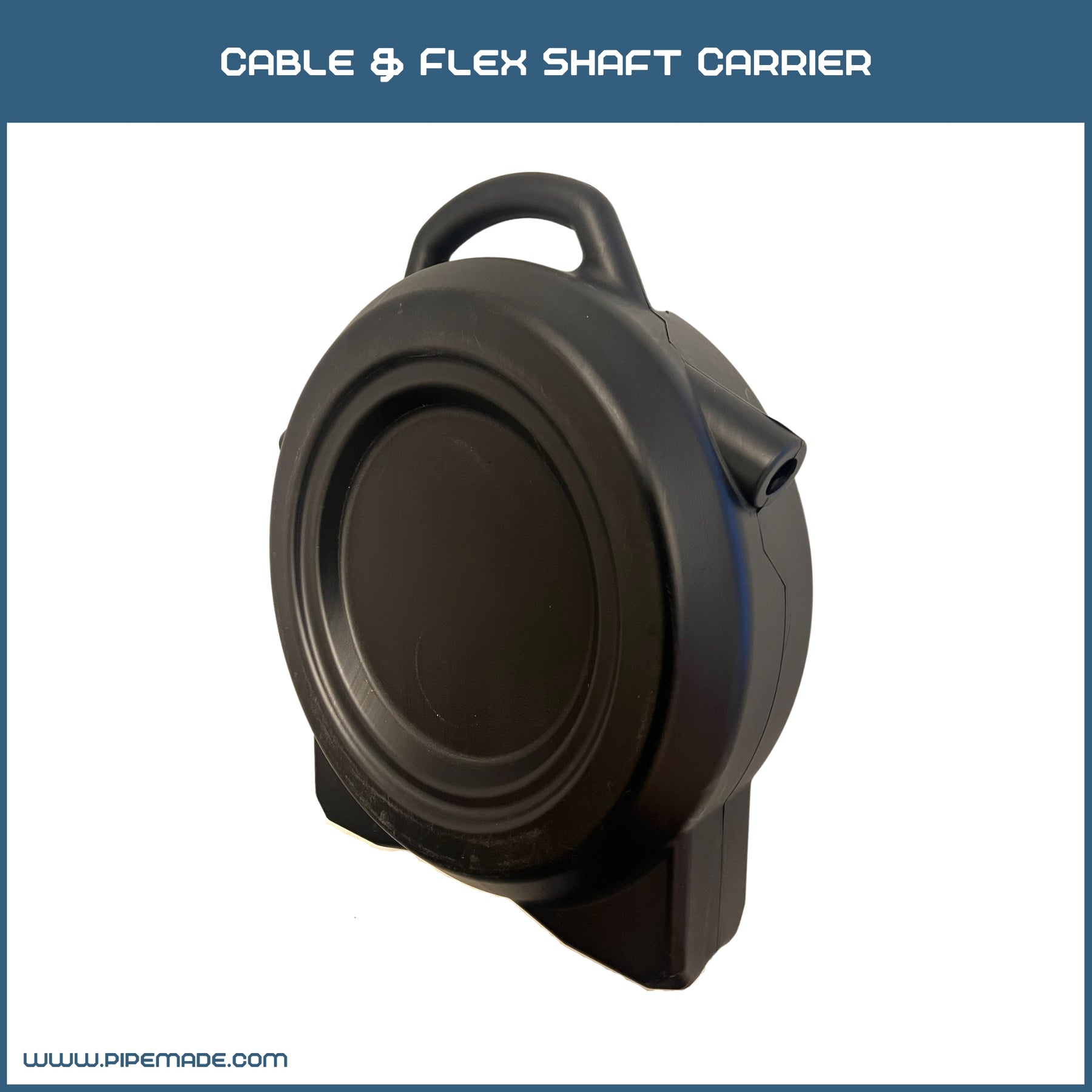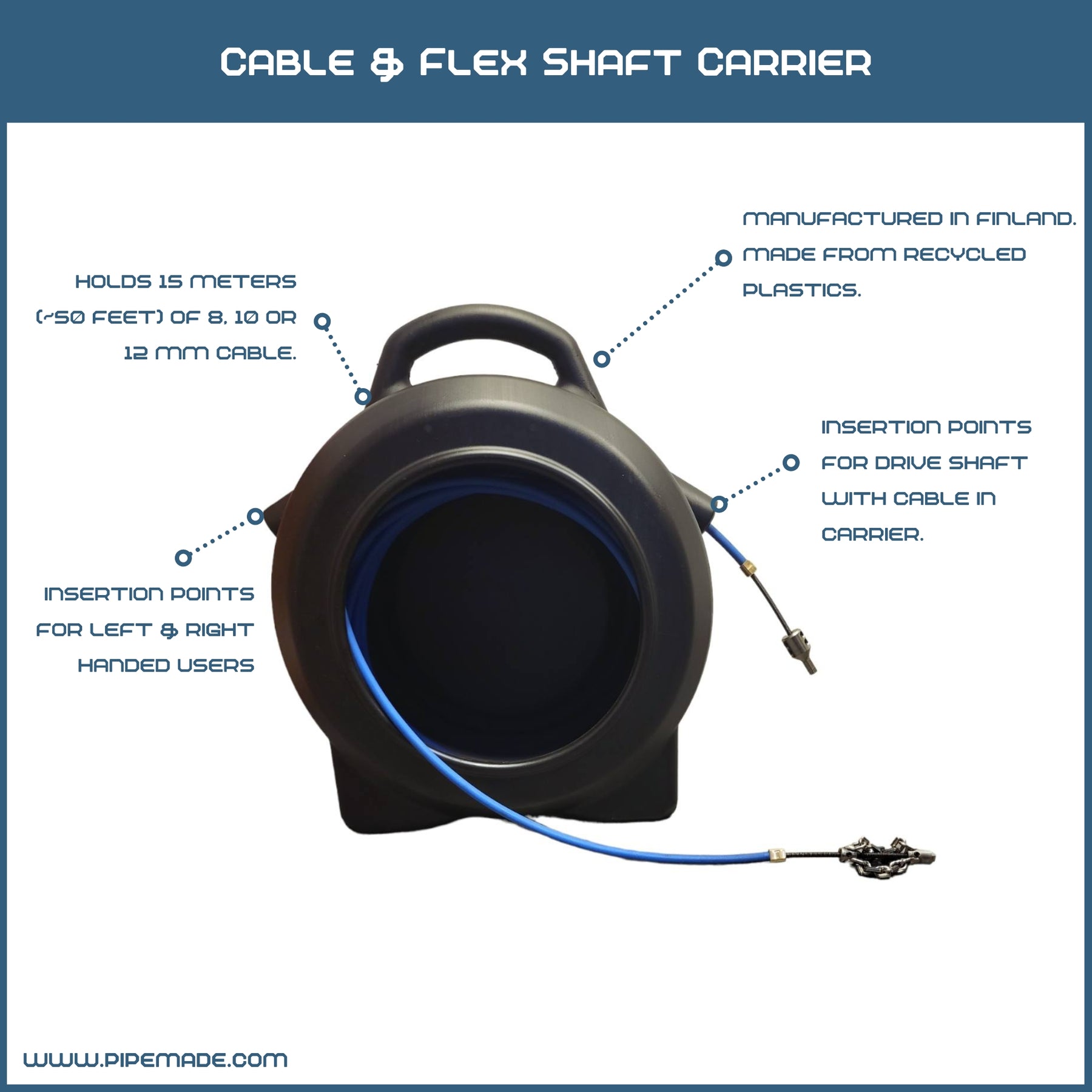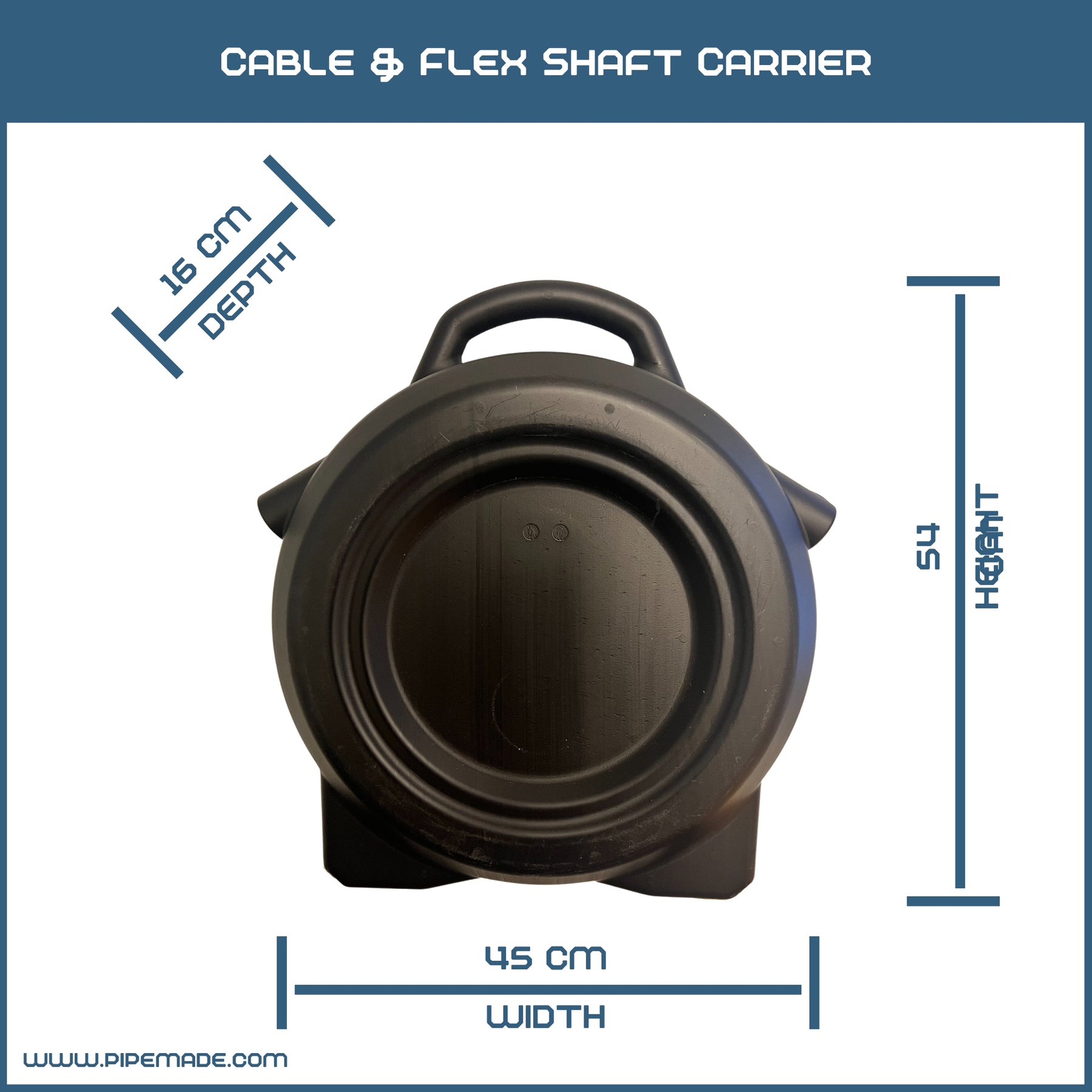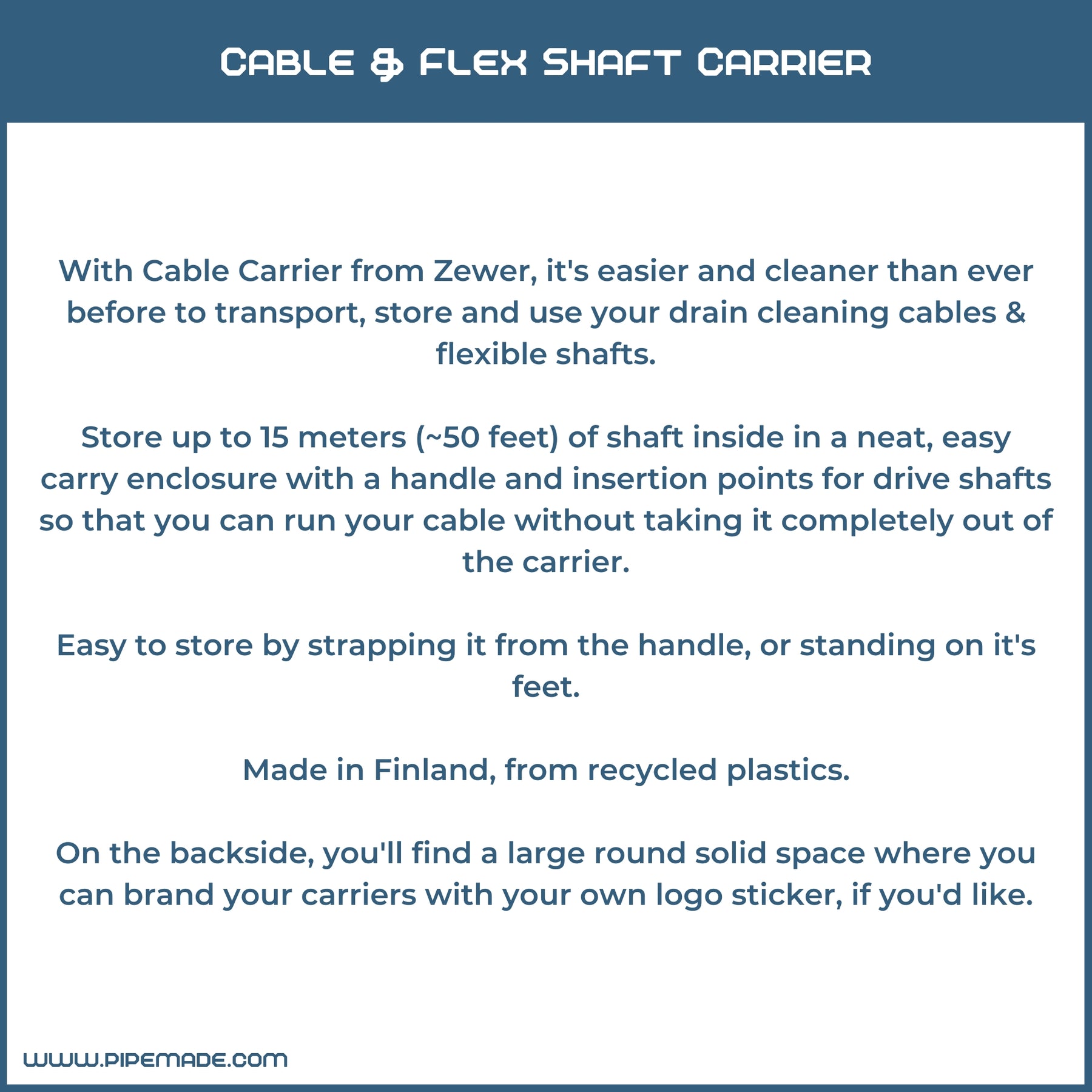As the selection of cleaning chains available in our store is huuuge, we want to give you a bit of advice on how to choose your weapon.
The old saying goes that you don't want to bring a knife to a gunfight, right? It's a viable advice when it comes to pipe cleaning too!
When you're tasked with the tedious job of cleaning some pipes, there's always several factors you need to take into consideration. For example:
- What is the size of the pipe you'll be working on?
- What is the condition of the pipe?
- What is the material of the pipe?
- What can you expect to clean from the pipe?
- What type of machinery will you use to clean the pipe?

When working inside buildings, and most of domestic area infrastructure piping, you'll be facing nominal pipe sizes from DN50 up to DN400. You can find more information about the pipe size classifications here.
This is one of the factors you'll need to consider when choosing your machines and your tools. If the pipe size is too large, you can't handle it with a battery drill. The torque needed for running your tools will end up killing your drill. If you end up using tools too little for the pipe size at hand, the job won't be completed to satisfaction OR you'll end up breaking your tools due to slamming them shut inside the pipe.
Another condition to factor in is the condition of the pipe. For example, installation failures with cast iron pipes can bring surprises in our line of work - we've encountered cast iron pipes that have been installed just 5 years ago, and they are already in a terrible condition. Should you choose to go in with a heavy duty carbide tipped cleaning chain, you might end up smashing the walls of the pipe too hard and eventually ending up with a collapsed pipe on your hands. It's always imperative to inspect the condition of the pipe as good as possible, so that you'll be able to match your tools with the task at hand.
Then again, if you're cleaning PVC pipes instead of clay or cast iron or other hard materials, you want to make sure that you won't use tools that are too rough for the material. The carbide tipped tools are generally too radical for the PVC pipe, and even though you might get the job done with them if you're experienced enough, there's a high risk that you'll end up breaking the pipe due to running your carbide chains at any one point for too long. The carbide tips will eat the PVC up and you'll be left with a broken pipe. Try the non-tipped cleaning chains instead - they are much more gentle on the PVC and yet they do great in removing any build-up inside the pipe.
Another very important factor in choosing your weapon of choice is: What is it, that you're going to be cleaning off from the pipe? Is there hard concrete inside it? Or root intrusion? Or just soft grease blockage? There is a lot of variation in what the tools can do - depending on the carbide hardness, chain link strength and many other factors.
After you've checked out all the other boxes, all that's left is to choose the machine you need to use these tools with. Obviously, there's a bunch of variation available in the market for this too, but we love to pack this in an understandable form this way:
1. The lightweight solutions. The easiest and the quickest way to get your chains spinnin' is to attach it to a standalone flexshaft equipped with a shaft cover, cover bearings and a drill rotator. Then just attach the combo to your clutched hand drill, and rock on! But - CAUTION! When ever using these shafts and chains with a bare cordless drill, stay alert as if the chain runs stuck inside the pipe, the force traveling back to the drill is quite massive.
2. Tailormade High Speed Cleaning Machines. This is the actual category of machines that the cleaning chains were originally designed for. We'll use Picote Solutions as our example here, as we believe they simply manufacture the by-far market leading machines for this. All of the machines come with built-in physical or electric safety clutches, E-stops and many other valuable features bringing you safety and convenience to your daily tasks. Check out Picote Miller Family here (link).
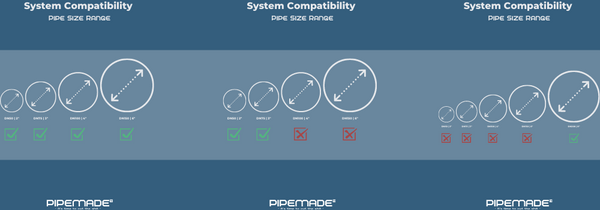
To make life as easy as humanly possible for you, our team here at Pipemade has done it's best to indicate as much information as possible for you on our product pages.
Each cleaning chain, whether it's circular or a standard build, or a 3D Chain, is equipped with a compatibility sheets on their product pages that outline which pipe types and pipe sizes that particular chain can and should be used in. We've actually gone to a length where we also outline a little bit about what types of blockages can be removed with each tool.
And that's all, folks! We hope this helps you in your tedious task of choosing right tools for the job.
If there's anything else we could help you with, please don't hesitate! We're here to help you in any way we can. You'll reach us through tech@pipemade.com
Thanks for reading and have an awesome day!


